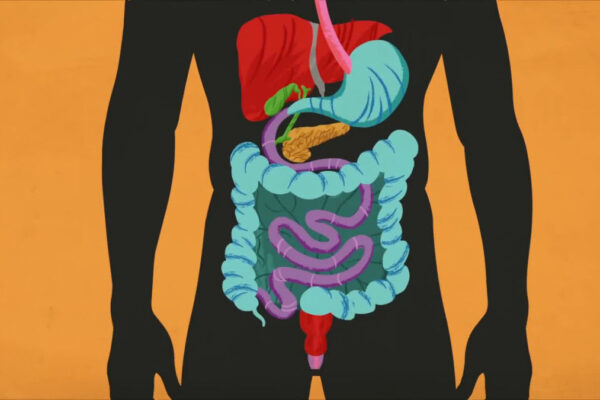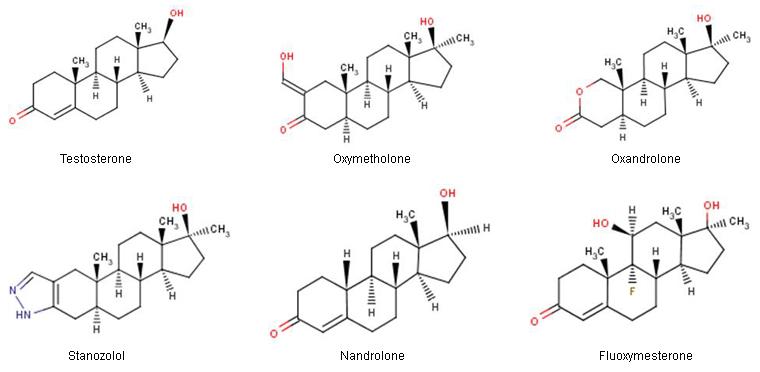Patients who are critically ill are often advised to go through a medical process called endotracheal intubation. The patient may experience airway problem which require that he receives a dose of steroids to control this situation. The positive effects include the ability to breathe without the use of respiratory aiding machines. Occasionally, a reintubation process is the only acceptable remedial measure for some of the cases.
This is the epicenter of the predicament. The reintubation procedure is painful, expensive and does not show much hope as far as chances of survival are concerned. In fact, it has been found that only 39 percent of the total reintubation patients live beyond the procedure. The efforts of medical experts are to try as much as possible and make the extubation procedures successful as possible.
Prophylactic steroids are the options for this work. They are used to minimize the risk of stridor which is a very common among children. The question of which arises is whether they are not ideal for adults. Anatomical differences have to do with the many components in the body and how one component affects the other. This relationship is at the core of the role played by steroids in the extubation. Maybe the variations in the way the steroids affect this procedure of no concern for now, but they may help us unravel the mystery of extubation procedure in adults. Clinical medicine experts have been fascinated with this area of research, but nothing conclusive has come out of it yet.
Sometimes it is thought that failure occur during extubation due to inaccuracy in dosage. For children, the effect of changing doses of steroid is not much compared to that of adults. Adults have already gone through the major hormonal changes. For men, testosterone is in abundant and the pituitary gland has produced too much cortisone in your many years of existence that it has gotten used to it and is therefore not very accommodative to sudden, drastic changes to the overall hormonal constitution. Any changes bring with them very many changes, some of which can be life-threatening.
Another approach is to analyse the effects of steroid therapy by sex and the frequency and the amount of steroid element administered.
This approach has aroused great interest and appears to be bearing fruits. Random trials make the work of comparing the performances among many patients easier, while reducing the percentage error by comparison. The issue of sex doesn’t spark too much interest because that steroids contain testosterone and apart from the well-known side effects, nothing comes out that can help researchers in their quest for a better, safer extubation procedure. In terms of risks, there are no major differences on the basis of sex.
Age appears to be the most limiting factor in the administration of extubation therapy and not sex, and the evidence for this is compelling enough. Laryngeal oedema is a problem whose initial treatment and management procedure is extubation. It is surprising to note that steroids are very helpful during other stages of treatment.




